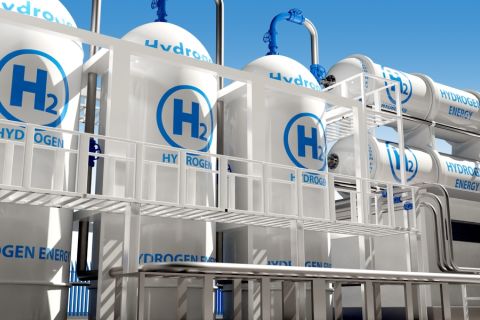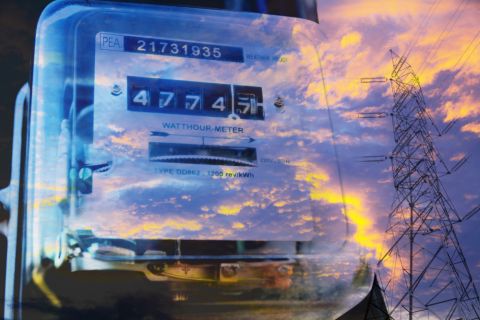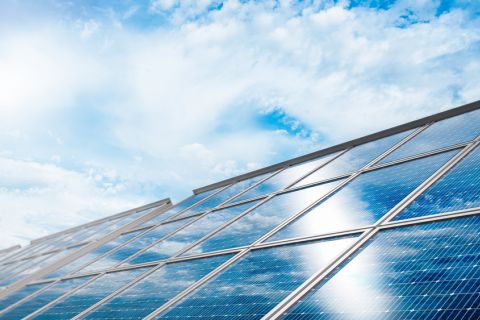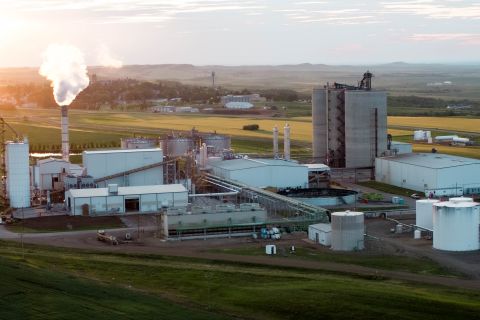Petrobras has highlighted the money it is saving through the utilisation of subsea equipment support vessels (SESVs) instead of drillships and rigs to install its subsea trees in the pre-salt offshore Brazil.
The Brazilian operator says the tree-on-wire technology is saving it US $5 million per well, and also enabling it to install the trees at greater depths than previously achieved using the same method. The use of a subsea support vessel to install the equipment rather than a drillship, it estimates, saved it approximately 10 days (hence the saving of $5 million) on well 7-SPH-2D-SP on the Sapinhoá field in the Santos Basin.
The operation, carried out in a water depth of 2,130 m (6,989 ft), saw the company use Akastor’s Skandi Santos for the job. Petrobras says the use of this kind of subsea vessel “has some other major advantages in relation to traditional drillships. For example, using a drilling ship it takes around 10 hours to lower a riser 1,000 m in the open sea. Consequently, the time taken to lower a Christmas tree for installation on a well at a water depth of 2,300 m is 40 hours on average. SESVs, on the other hand, can perform the same manoeuvre in less than four hours, due to the cable launch and return speed.”
Petrobras had already used this technology at depths of up to 2,000 m, but following some engineering studies, adaptations were made to the Skandi Santos, enabling it to install equipment at depths of up to 2,300 m.
“After the success of this first experience, the use of SESVs has now been proven as a viable option for the pre-salt layer, and this will help reduce operating costs and times. Petrobras has now chartered a second SESV, which is being adapted for depths of up to 2,500 m (8,202 ft) and which should start operating in the second half of 2016.
The Sapinhoá field is operated by Petrobras (45%) in partnership with BG (30%) and Repsol Sinopec (25%).
Recommended Reading
Baker Hughes Marks Hydrogen Milestones
2024-01-29 - The energy technology company is involved with several hydrogen projects as it works to accelerate the hydrogen economy.
Summit Carbon Solutions, POET Partner on CCS Project
2024-02-07 - The partnership will incorporate POET’s 12 facilities in Iowa and five facilities in South Dakota into Summit’s carbon capture and storage project.
Enough! Consumers Say They’re Overserved on Energy Transition, EY Finds
2024-02-11 - Two thirds of energy consumers are unwilling to spend more time and money to be sustainable, Ernst & Young reported.
Aggreko ETS Acquires Solar Project in Texas
2024-02-01 - Aggreko Energy Transition Solutions will oversee construction, own and operate the clean energy project in support of a Texas energy producer’s drive to decarbonize operations.
Red Trail Energy Issues Carbon Removal Credits
2024-03-06 - Red Trail Energy’s CO2 removal credits is the largest durable carbon removal project registered on the Puro Registry to date.





